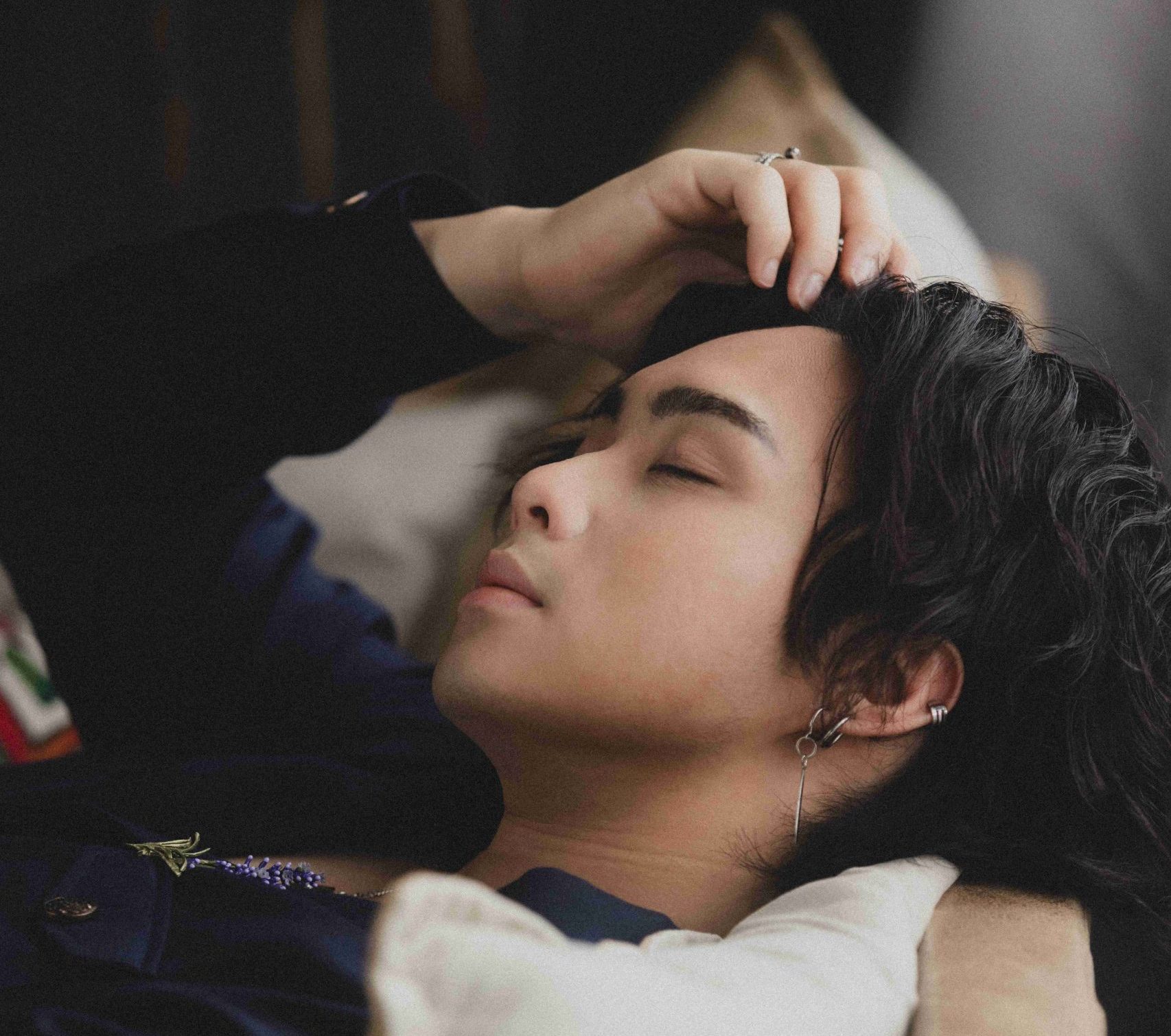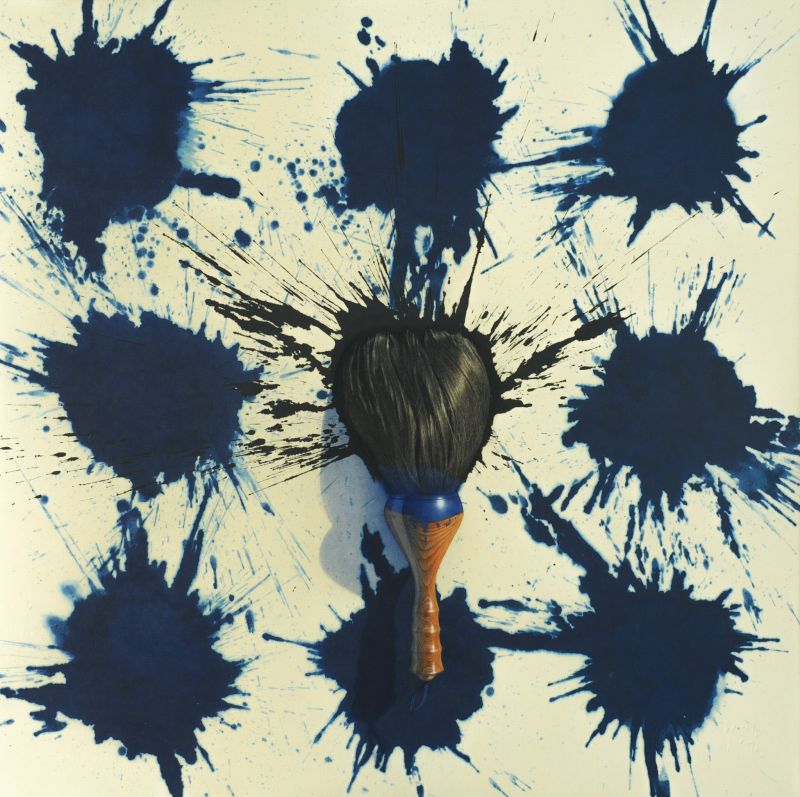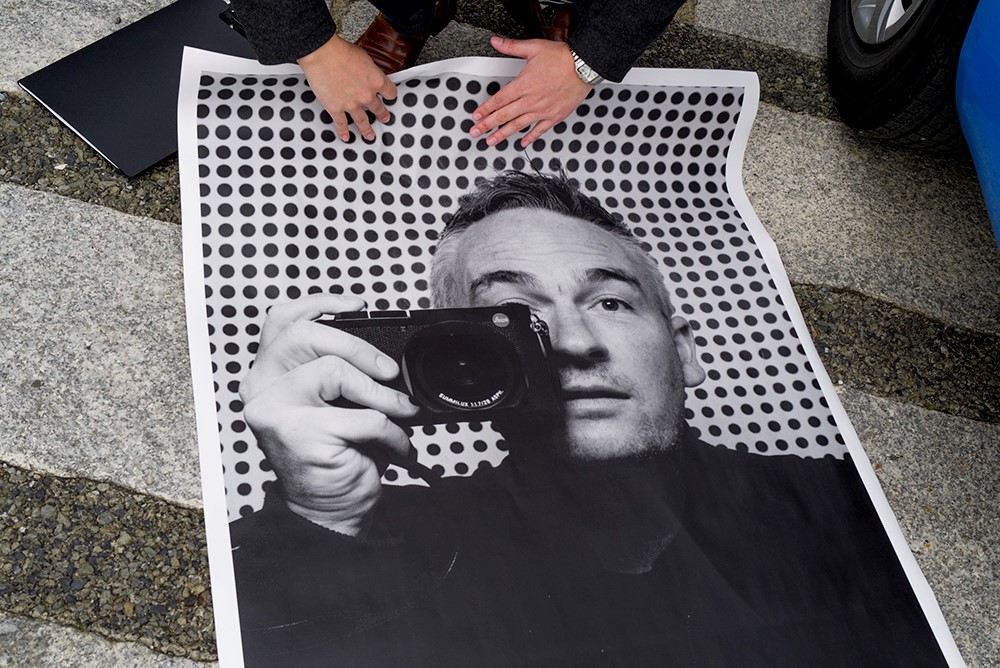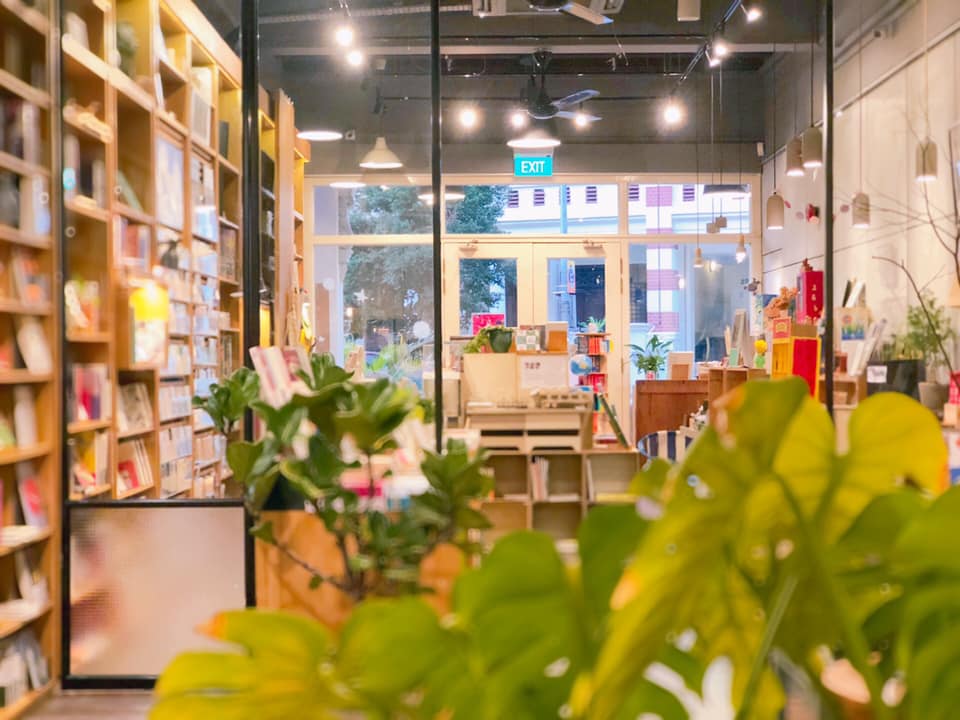Many travel to Yogyakarta’s sacred Hindu temple Prambanan to walk the grounds, crack light-hearted jokes about temple runs, and marvel at the 9th Century architecture. Tonight, however, we’re here to witness a theatrical marvel. Here on a trip with The Arts House, we’re getting an exclusive first look at the two-night premiere of Dionysus, before it reaches Singapore. Tonight, we will watch a theatre legend put on a play four years in the making, with the UNESCO World Heritage Site as its backdrop.
Dionysus, one of the most anticipated headliners at this year’s Singapore International Festival of Arts (SIFA) in May, is no easy piece to understand. The story is adapted from the Greek tragedy The Bacchae, written by Athenian playwright Euripides. A cautionary tale on handling faith, it follows the obstinate Pentheus (King of Thebes) and his punishment when he rejects the arrival of a new religion, embodied by Dionysus (God of Wine). Pulling together a multinational cast, elaborate costuming, and an entirely original musical score, the show is one of the most highly regarded masterpieces from legendary theatre director Tadashi Suzuki.
It’s a step away from last year’s 1984, the Orwellian classic that drew equal parts flak and frenzy for being more accessible than the usual SIFA headliner. But Dionysus’s inclusion as an opening show is not meant to lure sceptics back to the festival. Festival Director Gaurav Kripalani said that the ambitious cross-cultural production “epitomises the SIFA spirit” of artistic collaboration and memorable experience.
Indeed, its conception is a feat in itself. The play brings together a cast of Japanese, Indonesian and Chinese actors who speak the dialogue in their own languages; as such, a total of six different languages are spoken onstage. Set against the backdrop of Prambanan Temple, the combined sensorial effect is astounding.
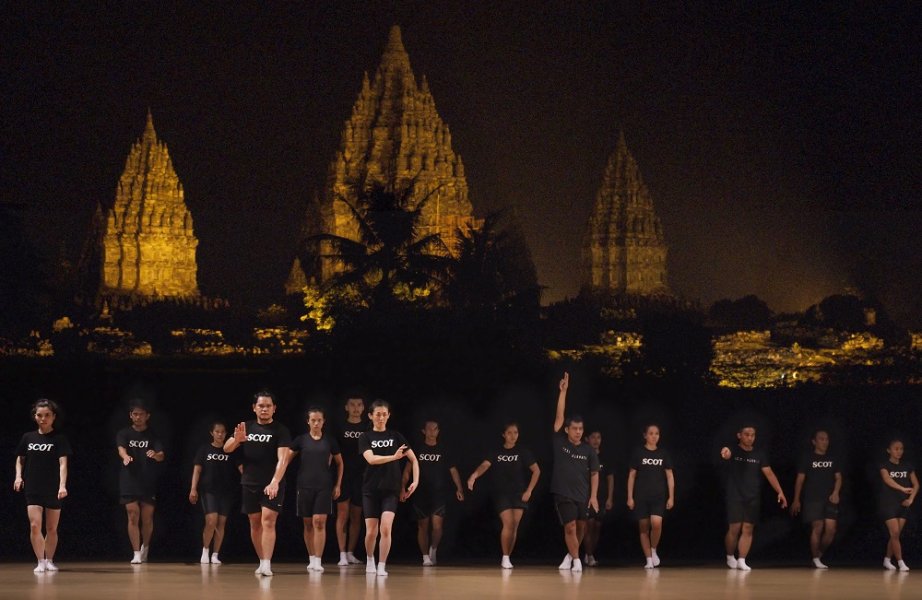
Photo courtesy of Purnati Indonesia
While Suzuki has staged the Greek tragedy multiple times since the ‘90s, he works with different collaborators each time. For the 80-year-old director, every reiteration is a new opportunity to work with a different collaborator and reflect on the current state of affairs in the world. The version that will come to Singapore is newer, staged by independent Indonesian arts production company Bumi Purnati, and spearheaded by its co-founder Restu Imansari Kusumaningrum. Equal partners in the process, Suzuki and Kusumaningrum have been working on it since 2015.
Rote rehearsal
Hours before show time, we’re invited backstage for a rare peek at a Suzuki rehearsal—an experience just as transformative as the actual performance. The world-renowned Suzuki Method of Actor Training, now a widely practiced acting method taught in the likes of Julliard and the Royal Shakespeare Company, works on building an actor’s awareness of his body. It’s a lethal combination of strenuous physical exercise and concentration that can leave amateurs winded in seconds; but Suzuki’s seasoned actors are no amateurs. Many having trained with him for at least five years, the actors from his company, the Suzuki Company of Toga (SCOT), see the rigour as simple routine. The rest of the cast—three-years inducted Indonesian actors—are no less professional. Today, his troupe of 25-odd members sit silently on the ground, preparing for the two hours of intense concentration to come.
From the moment they leap into action, the process is hypnotic. The group starts with short, nimble stomping in a circle around the rehearsal arena, steely concentration in their eyes and a weighted rhythm in the lifting of their limbs. A rhythm-master beats cues with an unforgiving wooden rod; he even beats the cues to relax, and not a movement is out of place. Missing your cue is unthinkable—one can only imagine the dishonour that would bring on the troupe (and your family).
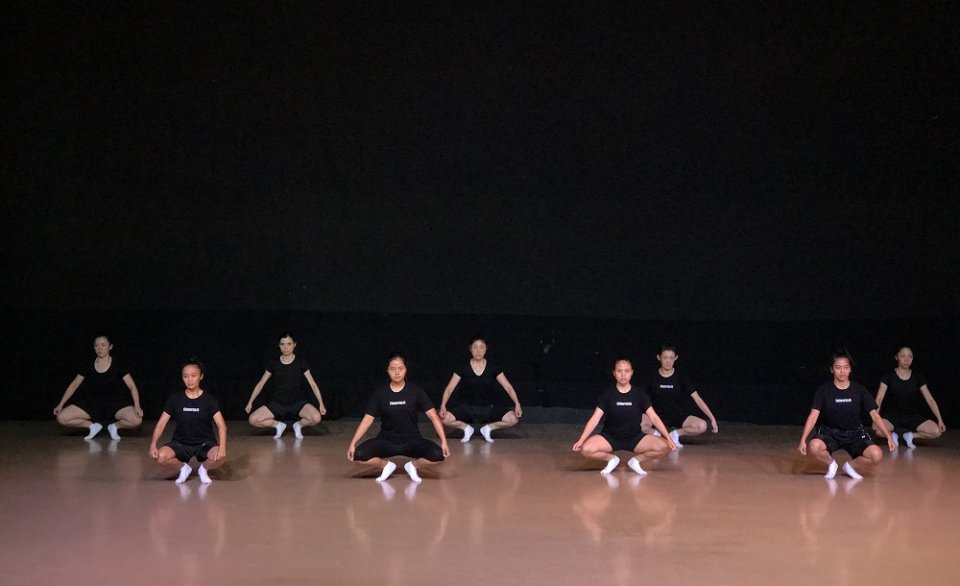
Rehearsal time with Tadashi Suzuki
This morphs into choreographed blocking, some martial arts stick action, and a lot of measured stomping—each exercise perfectly synchronised to death. In one, the actors line up in two neat rows and slowly approach the audience, but taking steps so tiny they are almost negligible. It’s excruciating to watch.
That’s not to say the Suzuki Method is all military severity. There is beauty in the discipline, humanised by Japanese vocal calls, Indonesian chants and Chinese music that add to the rehearsal. For the humble viewer, it combines the rigour of an NPCC training with the grace and balance of a ballet rehearsal. This is art in its purest, most animalistic form—art through movement of the body, shaped by cultural custom and delivered with utmost dedication to the form. When we exit the rehearsal tent, it’s us who are left breathless.
Show time
From the stalls of the open-air granite theatre at Prambanan, the crowns of the temple look majestic, softly lit and peeking above the stage set. A Noh Theatre-type ensemble substitutes for the usual Greek chorus, to open the show and offer forewarnings. As the rest of the actors float in, their rote training in rehearsal pays off in perfectly measured movements onstage.
Quickly, Pentheus (the only Chinese actor in the ensemble) comes head to head with Dionysus. The former represents political authority and the latter, religion; their conflict ends in unavoidable violence. Surprisingly though, the many different languages don’t create a cacophony—period Chinese speech blends seamlessly into Japanese and then Indonesian dialect, with accompanying subtitles in English to decipher the narrative. When Pentheus’s mother Agave discovers the fatal blunder she’s committed, she delivers her grief in unblinking delirium, sending chills throughout the theatre. Just over an hour later, the creative team are onstage to take their bows.
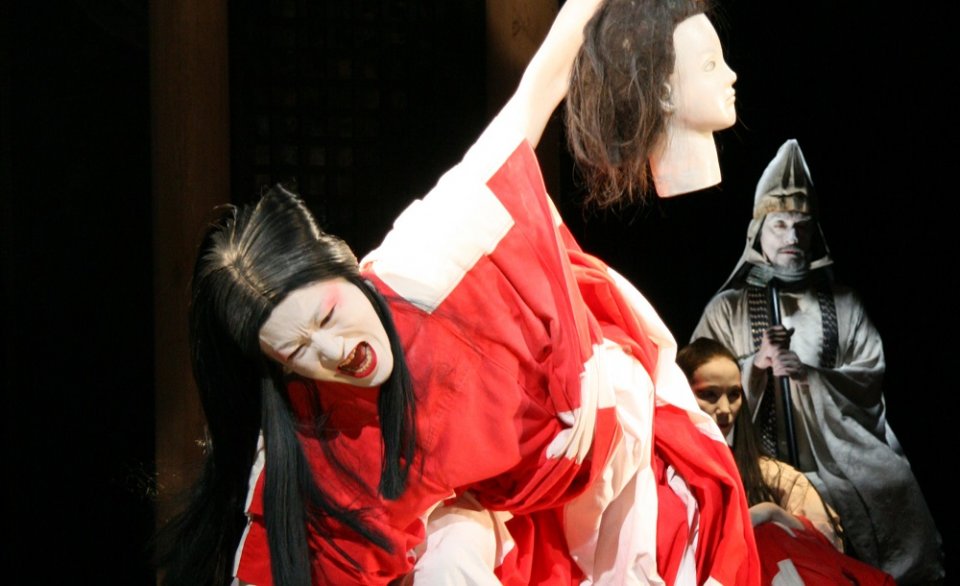
Photo courtesy of Suzuki’s Company of Toga
After the show, the humble theatre director is all smiles, graciously accepting congratulations from audiences whose language he does not speak. It may have been abstract in presentation, but Dionysus’s underlying message resonates across tongues and cultures.
Likewise, Suzuki’s own fascination with the story he keeps restaging lies in its universality: the religious aspect. “In the spiritual situation, (religion) exists as a very peaceful thing,” he said. “But when it becomes reality, it starts to cause many conflicts and battles between people—that’s the current world, as you can see.”
Hence his enthusiasm in reviving Dionysus every few years. Suzuki shared that he’s had the play interpreted as allegories ranging from 9/11 grief to communism to sexual orgies during a resurgence of the hippie movement. Depending on the time and the political situation of the country, the way the audience perceives this play is very different, said Suzuki. It’s what keeps things fresh for him each time.
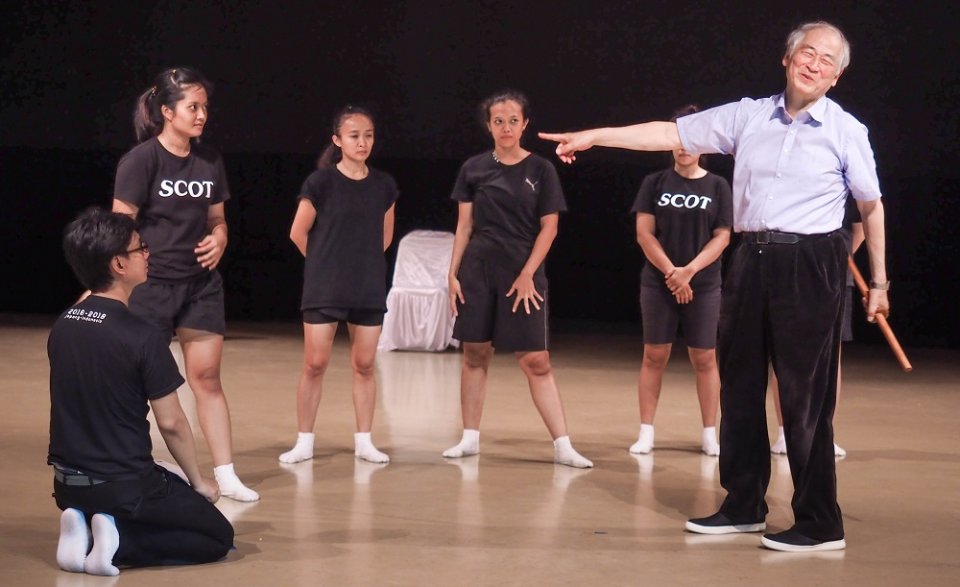
A jolly Tadashi Suzuki during rehearsal. Photo courtesy of Purnati Indonesia
When Dionysus arrives this May, it unfortunately will have no grand temple to call its backdrop. Instead, the play will be re-adapted and staged indoors at Victoria Theatre.
But rest assured there is still much to see—the intermingling of languages, for one; the combined creative genius of Suzuki and Kusumaningrum, for another. It might not be for another few years that Dionysus gets another glorious revival, and that alone is worth a ticket.
Dionysus premieres in Singapore May 17-18 at Victoria Theatre. Tickets from $40 and more information here.


